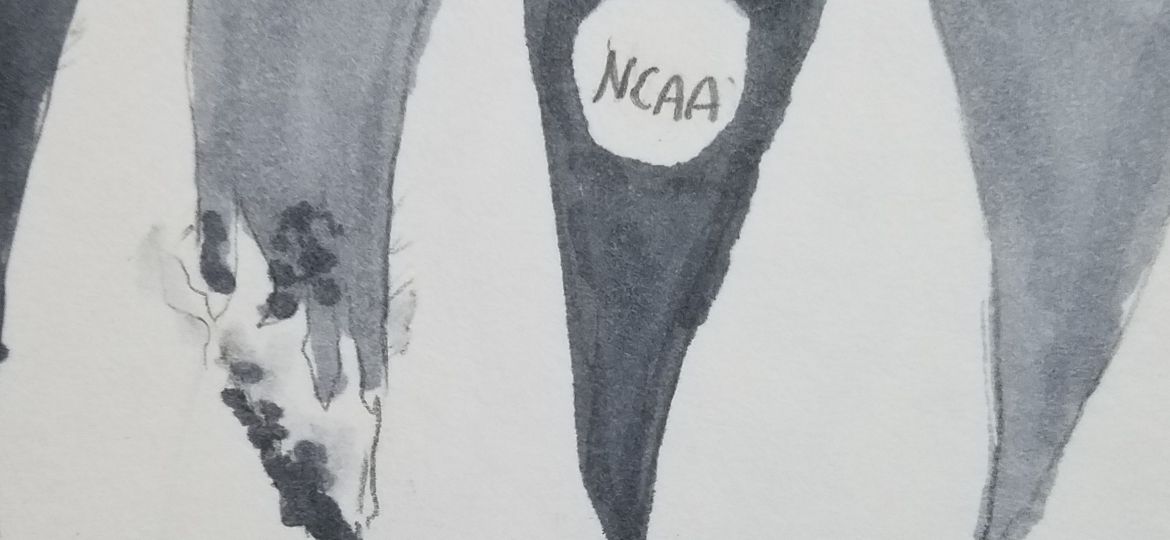
According to a 2017 USA Today report, the highest-paid state employees in 39 states were college athletic coaches. In that same year, the National Collegiate Athletic Association (NCAA) generated over one billion dollars in revenue for schools across America, not to mention the billions more made by individual colleges’ sports programs. Still, the athletes themselves did not see a penny.
The issue of paying student-athletes hovers around the public periphery every year, but in the past few months arguments have become increasingly substantial as new policies are debated and enacted. This past September, California passed the Fair Pay to Play act which gave athletes the right to collect income via endorsements. The policy does not force schools to pay students, it does not even provide a framework for paying them, it merely challenges the long-standing NCAA policy preventing financial compensation for student-athletes. However, despite its limited demands, the act was met with harsh opposition.
In statements opposing Fair Pay to Play, the NCAA’s main reservations seem to stem from ideas that paying athletes would lead to future consequences like weakening the emphasis of education and anti-competitive practices within schools. Critics of the act argue that the erasure of amateurism at the college level would lead to a monopolization of high-level athletes by larger, deeper-pocketed colleges. Once enrolled, the argument continues, athletes would deprioritize their education and studies since their main incentive to go to the school is financial.
The reality is that these issues already exist in college sports. Larger schools already offer incentives through facilities, scholarships and other privileges with which smaller schools cannot hope to compete. Yet there is no outcry about anti-competitiveness in these practices. Consider also the increasingly common “one-and-done” phenomenon in which players attend college for a year only to move on to professional leagues. Again, no one questions schools’ motivations in recruiting athletes who are most certainly not attending for academic purposes.
That is because college sports are – get this – intrinsically competitive. No matter how many measures are taken to even the playing field, teams will still do everything in their ability to win, and this includes offering more financial incentives to athletes. NCAA member schools know this and they know that they will be forced to evolve their recruiting strategies if athlete payment policies become more lenient. The apprehension towards even small shifts in the status quo, such as the Fair Pay to Play act, does not arise from concern for student interests, but from the desire to retain as much financial control as possible.
Dalton Rains ’22 is from Ankeny, Iowa. His major is undecided.

